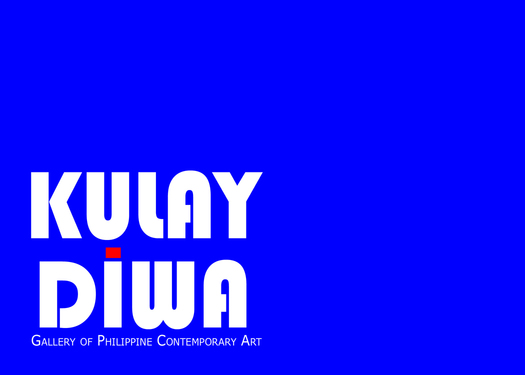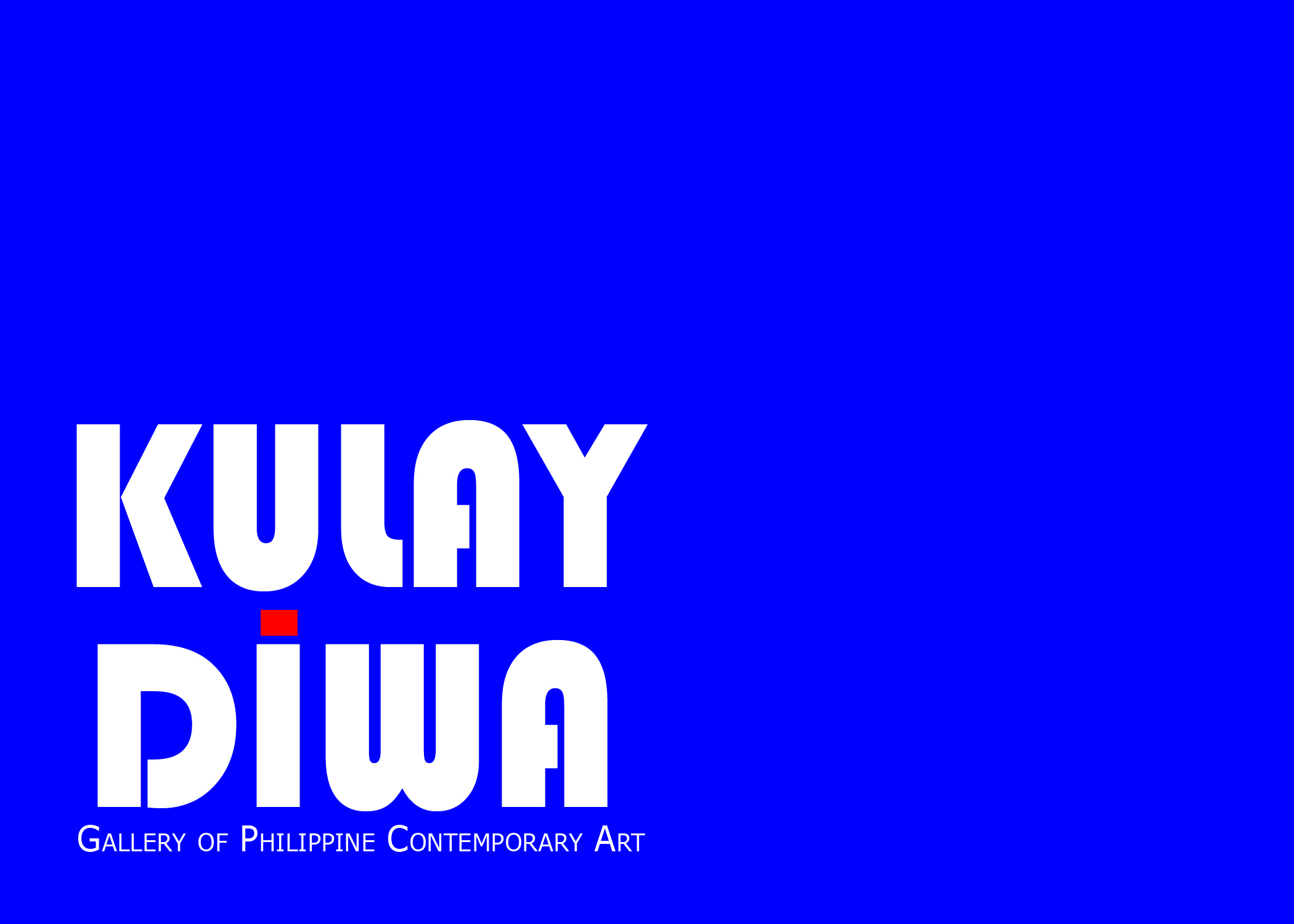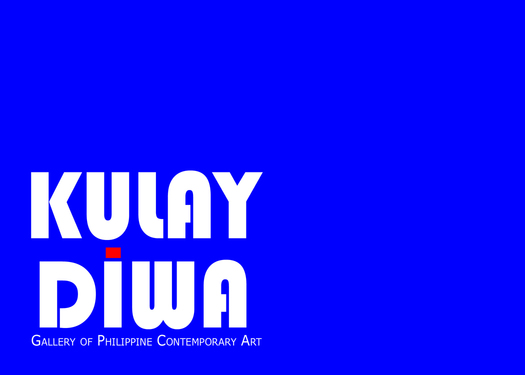Chris Boyd
Chris Boyd is a British/Filipino contemporary artist whose multi-media work is preoccupied with the interrelationships with technology and modes of Being. Boyd has shown work at a wide variety of galleries, events, and venues, including Tate Online, FACT, Baltic Centre for Contemporary Art, The Lowry, Roundhouse, Urbis, Corsica Studios, The Bigger Picture with The Cornerhouse. A broad spectrum of Boyd’s visual art and commercial work has been broadcast including music video channels, MTV, 4 Music, BBC 2, Channel 4 and Channel 5. He was the joint winner of the Big Art Challenge UK Art Prize in 2004, a 6 part series on channel 5. A recipient of a Microwave award from FACT in 2004. In 2005 he provided a video in 40 Artists 40 Days, a special Tate Britain project supporting London’s Olympic bid that brought the games to Britain in 2012.
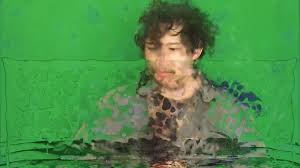
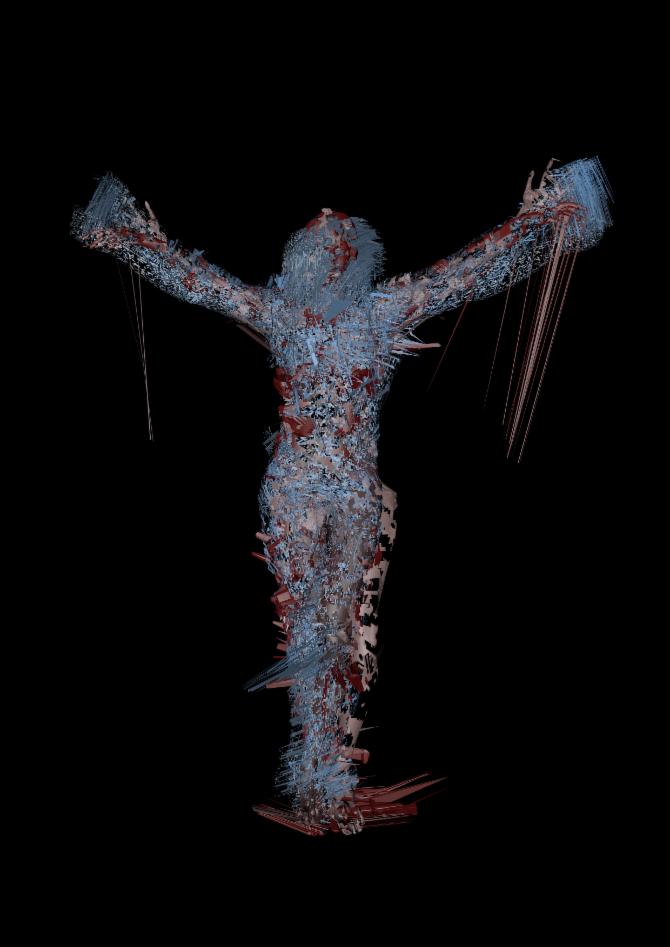
Col Glitch Christ Chris Boyd John David Ebert Cover Cultural Decay Rate
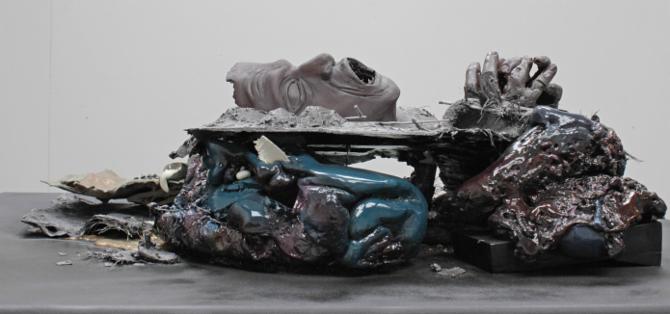
The Tide Of Trial And Terror, Beggars Prayer 03

Chaosmos, Cancelluloid Blister Glitch Prints
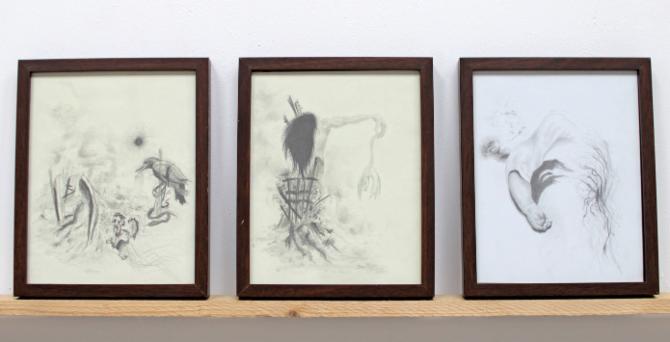
The Tide Of Trial And Terror
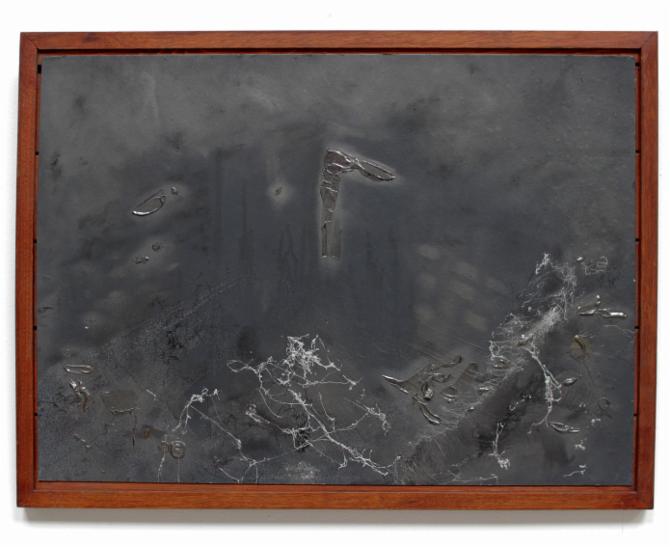
The Tide Of Trial And Terror Collapse 01
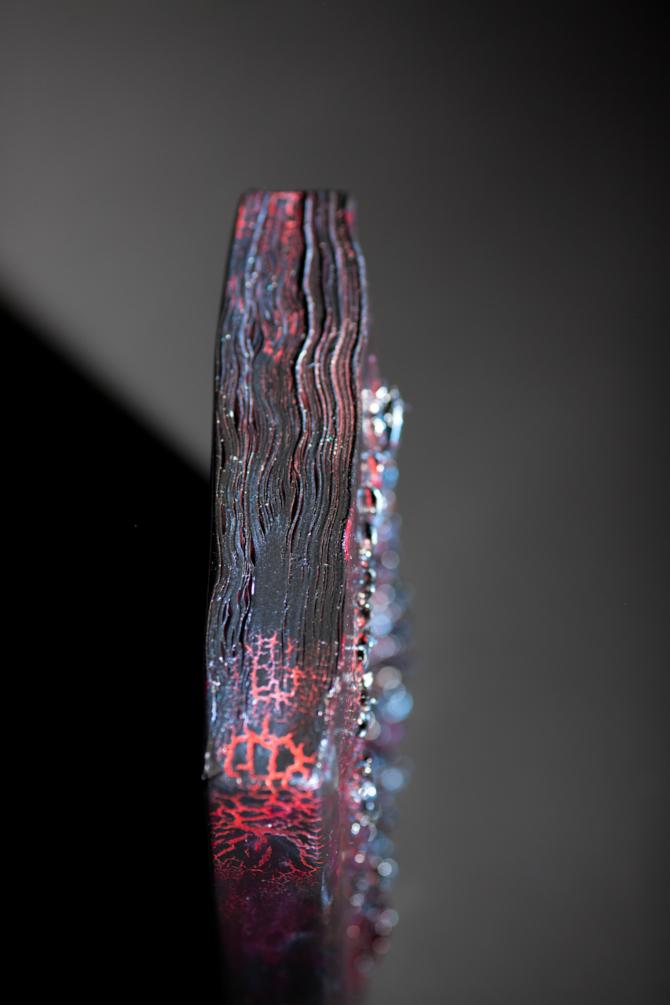
Book of Darecebu
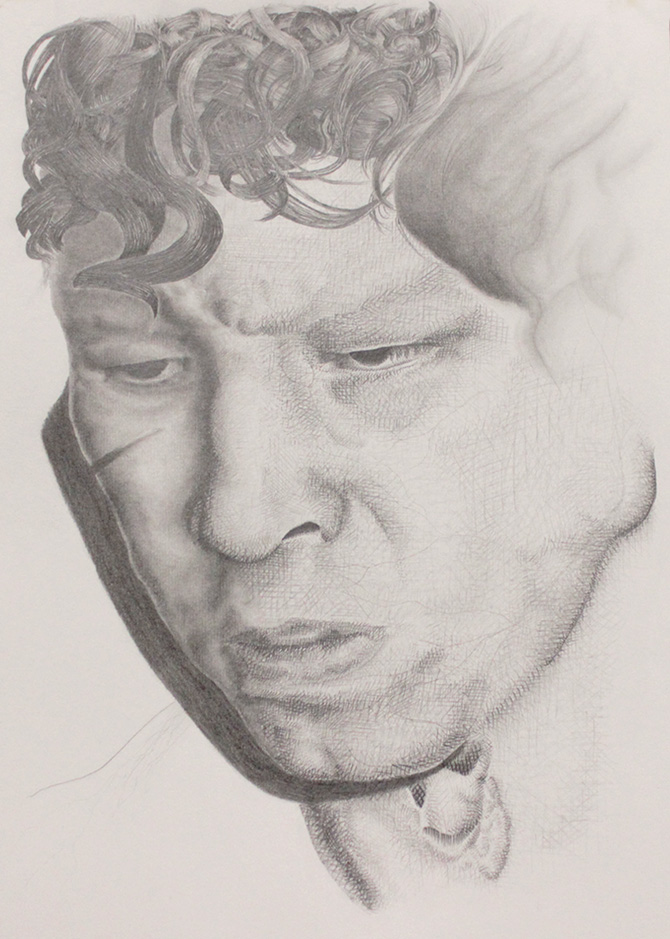
Deaddroom0 Chris Boyd Portrait 2015
ResurrExit
[cthorsion scrypt fantomsens]
An Essay by cultural critic John David Ebert:
The UK artist Chris Boyd has produced a new work of video art, which is entitled “Cthorsion Scrypt Fantomsens,” a complex–indeed almost Joycean–play on words which the video immediately runs through, first as “Chthonian Phantomwise,” and then as “Thoth Crypt Thought,” among others. The video is the first completed work of a larger series which Boyd entitles “Deaddroom,” meaning a “dead room” but also a “room of the dead” or crypt within which cultural transformations will take place.
Here, the “dead room” becomes immediately manifest as a sort of chamber, or camera obscura, that is covered with sound-proofing in order to kill all sound. It becomes, as the video unfolds, a sort of modern vas hermeticum, in which an alchemical transformation will occur.
The first image that appears within this crypt-like “dead room” is a kind of spinal column that reminds us of the Djed pillar of Osiris in ancient Egypt, a pillar which was symbolic of the backbone of Osiris, the god of death and rebirth. And indeed, in Boyd’s video, it becomes the axis for the appearance of a shrouded figure that has mausoleic associations. The figure reminds us of the old, very old custom of wrapping the dead in shrouds, especially in the Middle East: one thinks not only of the shroud of Turin but also the Egyptian mummification process (hence the allusion to the god Thoth, a god which Derrida famously discoursed upon, as the primary mortuary deity and also the god who invented writing).
In Egypt writing first appeared in a funerary context, for the earliest hieroglyphs we possess now come from the tomb of the Scorpion King from Dynasty 0, dating back to about 3300 BC. Boyd is excavating here the intimate interrelations between writing and death.
Writing kills sound by transforming it into space, as lines of text written on papyrus or a vellum scroll, that can only be “reanimated” by running the lines through the consciousness of a living reader, thereby taking it back from space and death and putting it through the flow of time.
Alphabetic writing in the West, however, as Vilem Flusser has shown, kills the mythical consciousness (in which things always run around in circles: birth-death-rebirth) by criticizing it and flattening it out into one dimensional lines. This was true not only of Plato, who used myths to make his points, but only as tools, even while his points eroded them just as his master Socrates had begun to do, but also of the Hebrew prophets who were forever condemning the gods of the Canaanites and insisting upon the Torah as the one true axis for reconnecting with the divine.
In Boyd’s video, we are then shown the camera lens, that ubiquitous Eye which has now replaced the Eye of God, thought to be all-seeing in the ancient world–and perhaps the Eye of Horus was its earliest manifestation–with the ubiquitous “killing gaze” of the eye of the state of surveillance inside which we have all been captured. We note the word “Eidos” that appears on the rim of this camera eye, suggesting Plato’s understanding of Being as eidos, which Heidegger regarded as the birth of the metaphysical tradition with its shift into a logocentric understanding of all things as Vorhandenheit, or self-sufficient entities existing transcendently above and beyond the actual world of doing and living.
The camera eye is also the killing gaze of Medusa which freezes, captures and arrests all motion, and in Boyd’s video, it has replaced the alchemist as the one in charge of all processes of transformation which, these days, amount to capturing individuals inside the matrix, from whence they cannot escape. Indeed, it was due to the ubiquity of such camera eyes that the Boston bombers were able to found, for once their digitized avatars had been located and extracted from the infinite data of the matrix, their days in physical space as living beings were numbered.
The motion capture grid soon begins to surface through the contorting mausoleic figure, and it begins to break apart as its codes are unleashed in lines of algorithmic text that flows across the screen. These are the codes that code for today’s being as being-digitized, a phase Heidegger missed because he did not pay attention to the emergence of electronic technologies, which are if anything, apparatuses for the capture of all entities.
What then takes place is the equivalent of digital alchemy, only in place of a hermetic vessel, we have a sound-proofed “dead room” inside the matrix of electronic Being-as-being-pixilated. The process is supervised not by an alchemist, as we have said, but by the cool and remote gaze of the camera, or “ka-mera” as one of the puns on the algorithmic code list says, a device, that is, for capturing one’s “ka” or soul.
The algorithmic grid codes then burst apart into a swarm of alphabetic letters, since the electronic Umwelt is a layer that presupposes and has been made possible by the Greco-Hebraic invention of the alphabet as a script for abstract thinking and for dissolving mythic figures into rational concepts, concepts, be it said, that will provide the codes for the gigantic machines of Western civilization.
The letter swarm also evokes William Burroughs’s idea of the word virus that spreads through a society and reproduces its meme through mental mimesis; the Logos has now become digitized, but in doing so it has lost its transcendent function and become a confused data swarm; we are not in a Dark Age at all, as William Irwin Thompson used to argue, but precisely the opposite; an age of too much Light: too many self-luminous gadgets and too much information and knowledge, rather than too little. The information overload comes at the individual like a data swarm and is tantamount to an assault, not a liberation, as it was in the quiet candle-lit days of a Descartes or a Montaigne sitting at his desk with a stack of yellowing codices around him.
